 THE MINERAL DIOPTASE
THE MINERAL DIOPTASE
- Chemistry: CuSiO3 -H2O, Hydrated copper silicate.
- Class: Silicates
- Subclass: Cyclosilicates
- Uses: mineral specimen, rarely a gemstone and a very minor ore of copper.
Specimens
Dioptase is one of the few silicates to crystallize in the same symmetry class as dolomite and forms crystals that can have a typical carbonates'
Specimens of dioptase are often deeply colored and show well developed crystals. The faces of the rhombohedrons, and even the prism faces, are very reflective due to a fairly high luster. Crystals can be quite clear but at times they seem to be cloudy due to the deep color. The special attributes of a high quality specimen of dioptase are hard to describe adequately but must be observed in person in order to appreciate their value. Fine crystals of dioptase are still available in large supplies but their sources are few and the continued demand may put a squeeze on their abundance in the future.
PHYSICAL CHARACTERISTICS:
- Color is deep green.
- Luster is vitreous.
- Transparency crystals are transparent to translucent.
- Crystal System is trigonal; bar 3 (Dioptase is one of the few rhombic silicates).
- Crystal Habits include stubby crystals that are usually well formed prisms topped with the three faces of a rhombohedon. Prisms are six sided and usually not very long. Simple rhombohedrons are also common, at times a second rhombohedron will modify the primary rhombohedron faces producing a second set of three smaller faces. Crusts and massive forms are also seen.
- Cleavage is perfect in three directions forming rhombohedrons.
- Fracture is conchoidal and brittle.
- Hardness is 5 (harder than other green copper minerals).
- Specific Gravity is approximately 3.3+ (slightly above average)
- Streak is green.
- Associated Minerals are dolomite, calcite, cerussite, limonite, chrysocolla and other copper minerals.
- Other Characteristics: index of refraction is 1.65 - 1.71.
- Notable Occurrences include Tsumeb, Nambia; Zaire; Russia; California and Arizona, USA and Chile.
- Best Field Indicators are crystal habit, deep color and hardness.
 Amethyst Galleries' Mineral Gallery MINERALS |
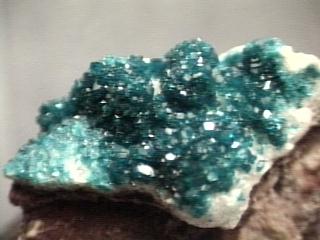
$ 370.00
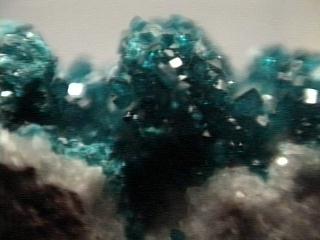

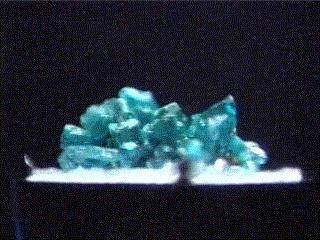
$ 28.00

dio-3 ($ 28.00)
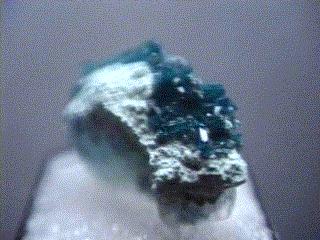
$ 19.00

dio-4 ($ 19.00)
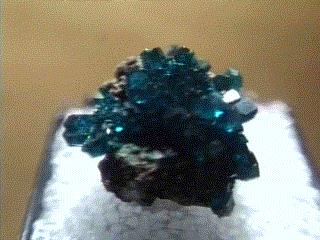
$ 28.00

dio-5 ($ 28.00)
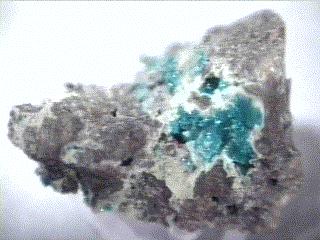
$ 120.00
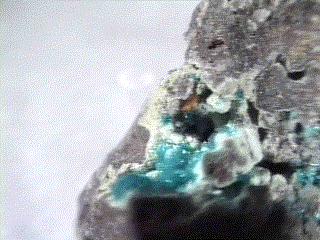

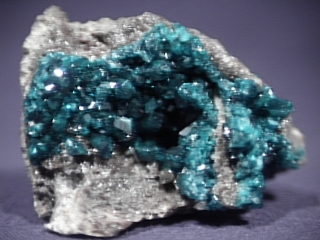
$ 150.00

dio-7 ($150.00)
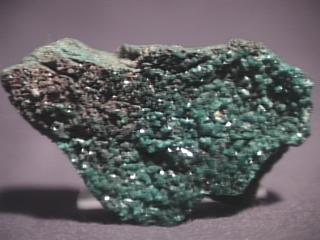
$ 40.00
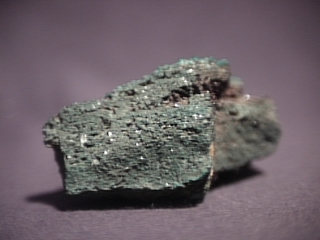

dio-8 ($ 40.00)
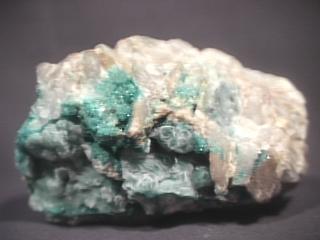
$ 75.00
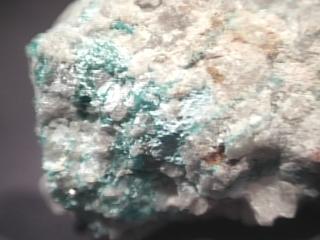

dio-9 ($ 75.00)
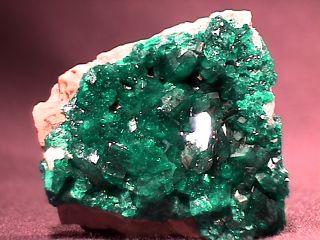
$ 80.00

dio-10 ($ 80.00)
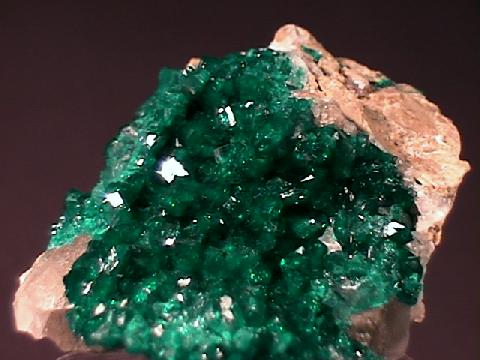
$ 155.00

dio-11 ($155.00)
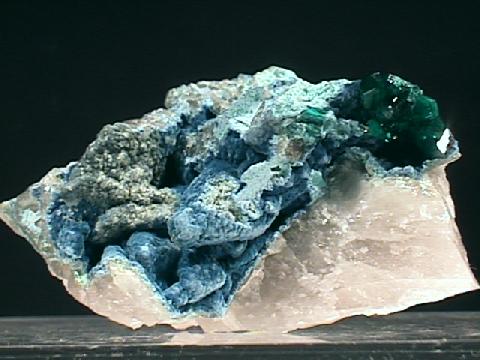
$ 160.00
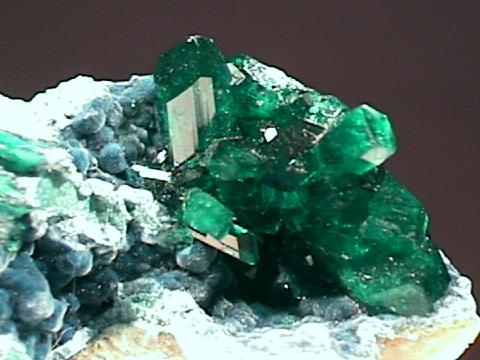

dio-12 ($160.00)
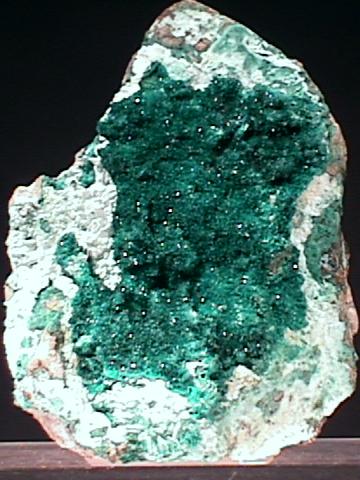
$ 210.00
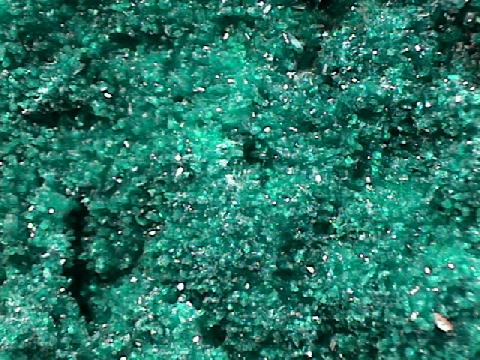

dio-13 ($210.00)
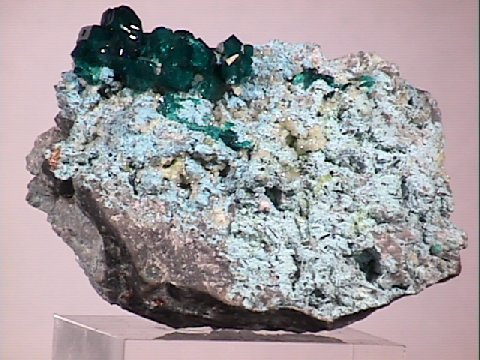
$ 115.00
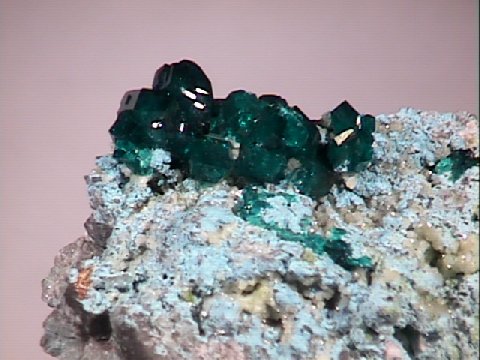

dio-14 ($115.00)
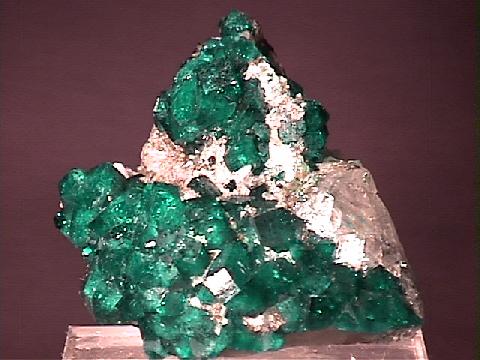
$ 80.00
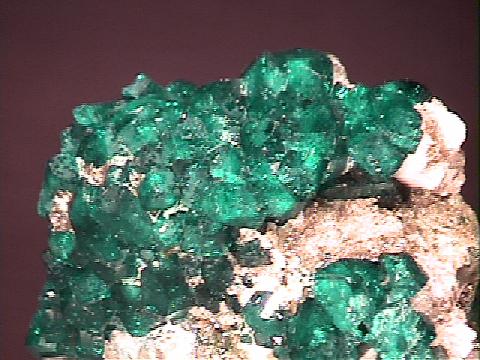

dio-15 ($ 80.00)
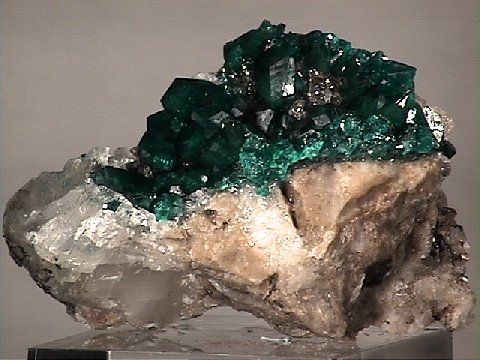
$ 59.00
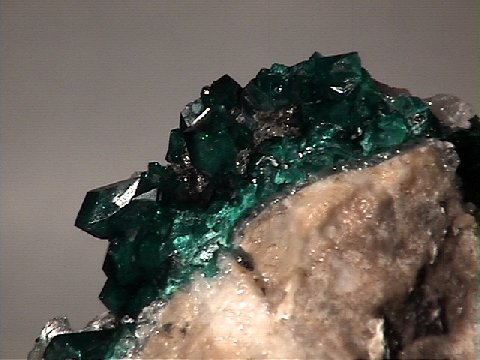

dio-16 ($ 59.00)
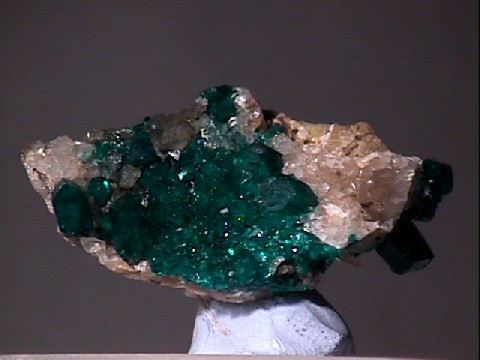
$ 42.00

dio-17 ($ 42.00)
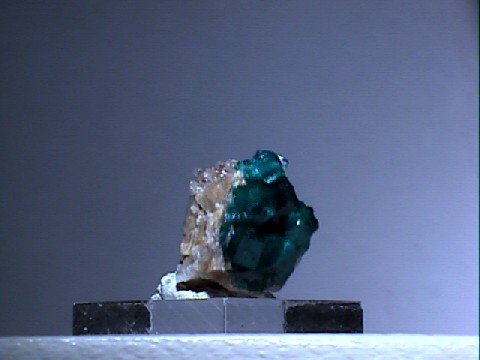
$ 34.00

dio-18 ($ 34.00)
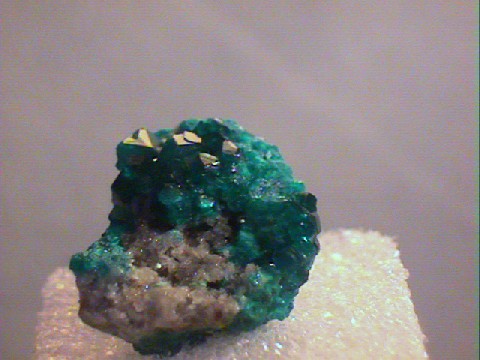
$ 25.00

dio-19 ($ 25.00)
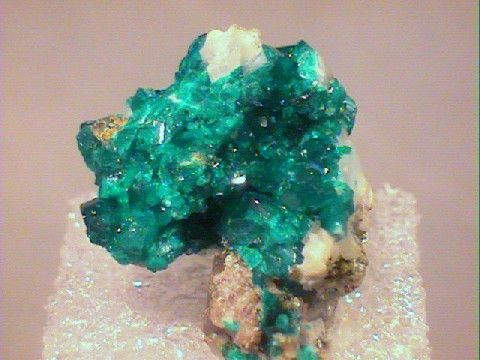
$ 30.00

dio-20 ($ 30.00)
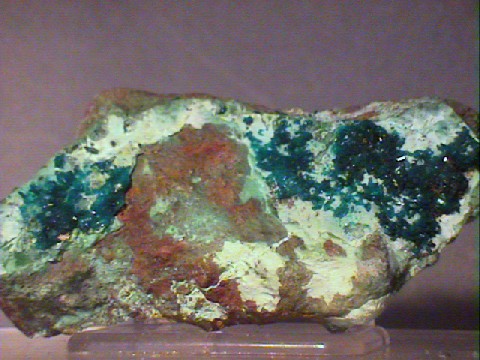
$ 30.00

dio-21 ($ 30.00)
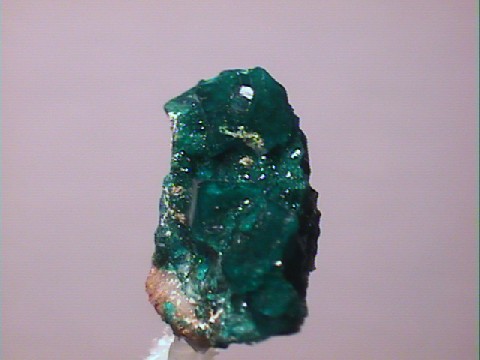
$ 30.00

dio-22 ($ 30.00)
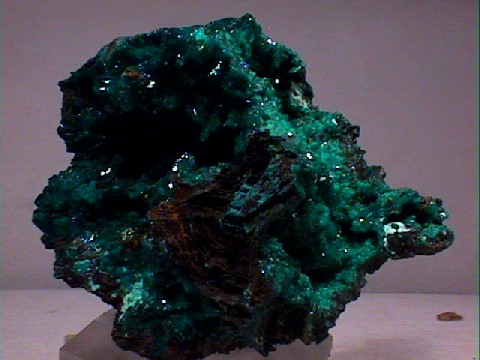
$ 63.00
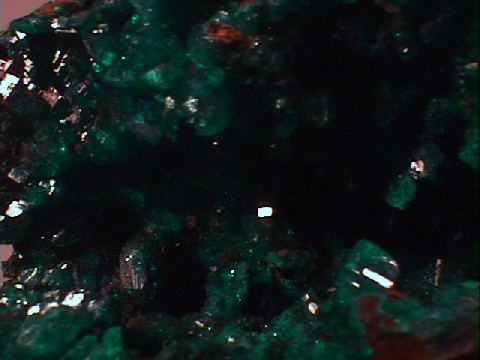

dio-23 ($ 63.00)
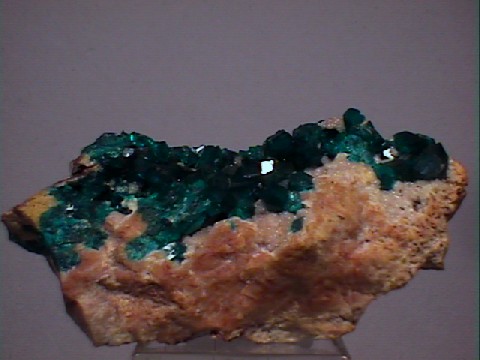
$ 115.00
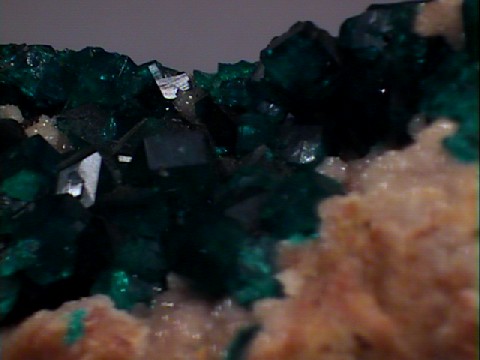

dio-24 ($115.00)
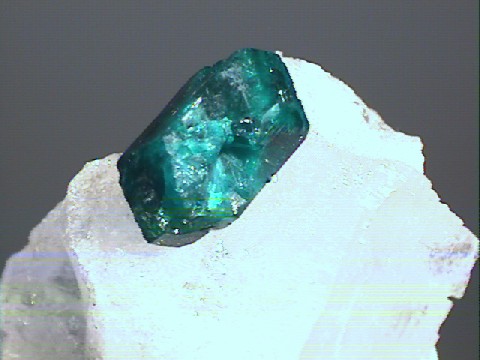
$ 90.00
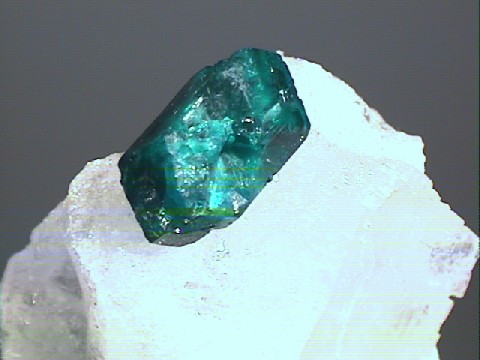

dio-25 ($ 90.00)
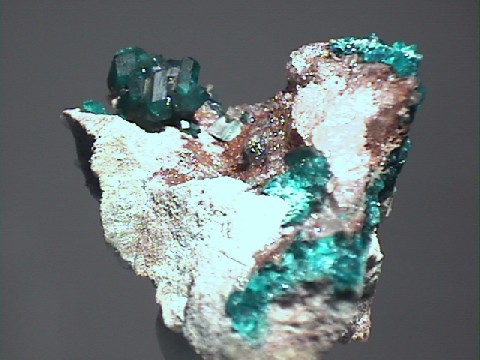
$ 30.00

dio-26 ($ 30.00)
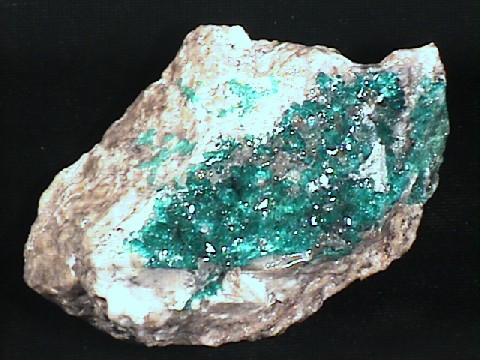
$ 120.00
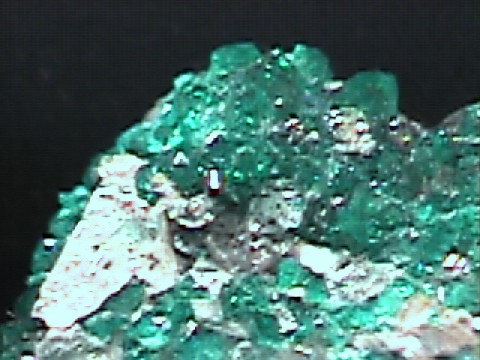

dps-14 ($120.00)
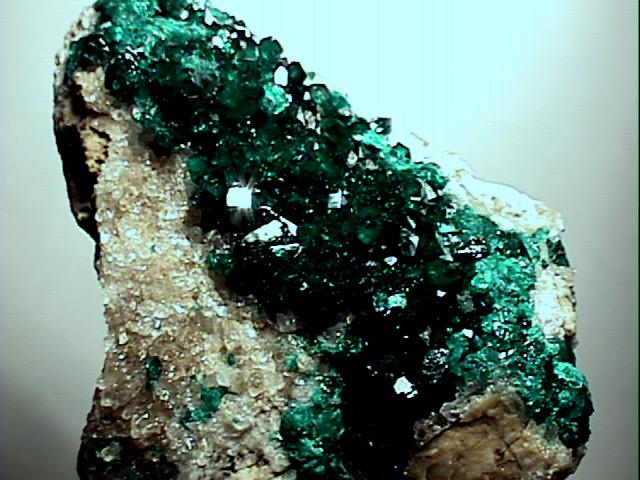
$ 120.00
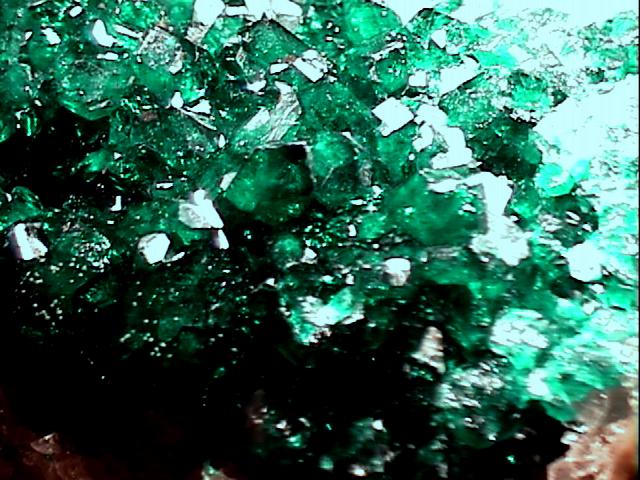

dio-28 ($120.00)
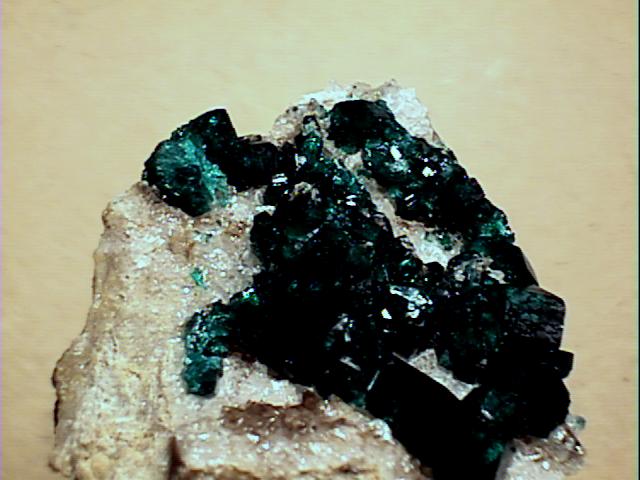
$ 110.00
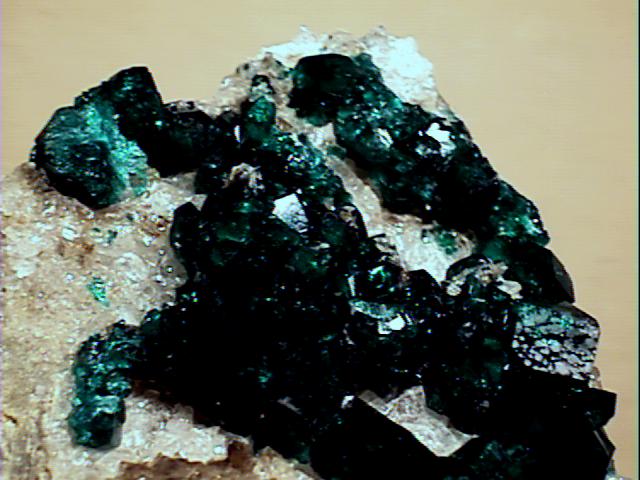

dio-29 ($110.00)
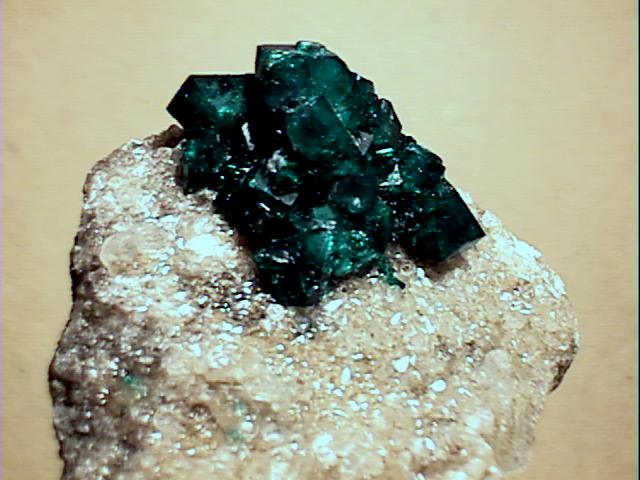
$ 60.00
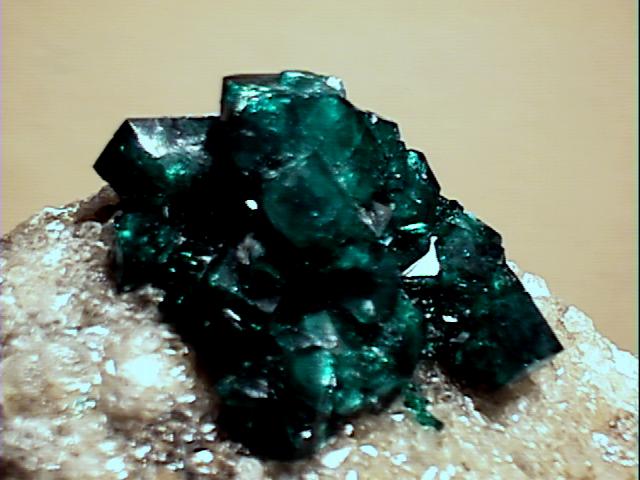

dio-30 ($ 60.00)